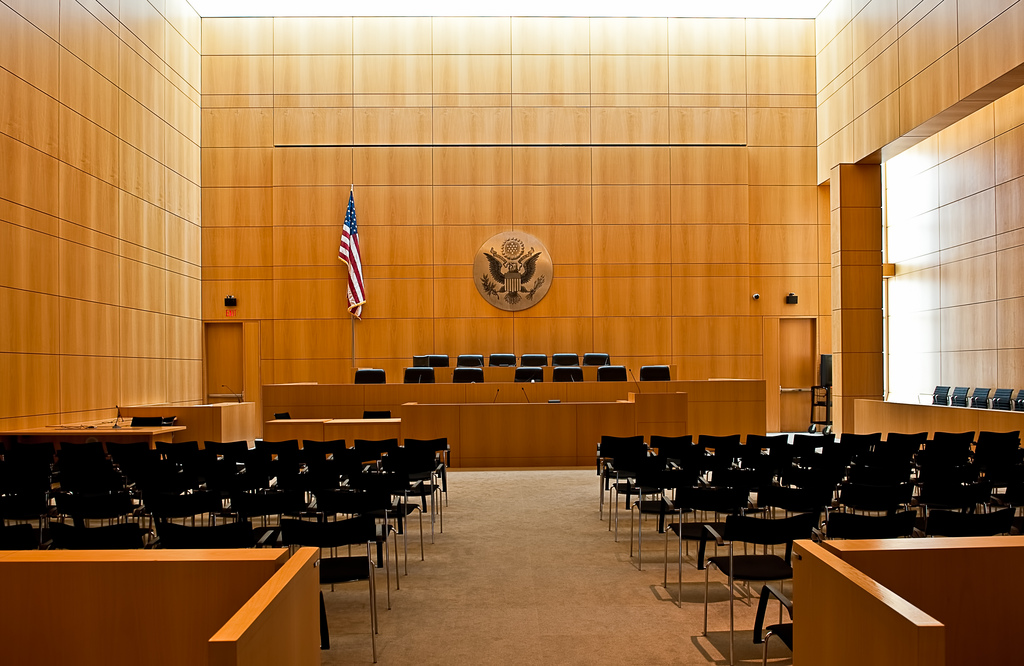When it comes to diversity in the law, the status quo is the reigning champion. At the start of the millennium, 88.1% of lawyers were Caucasian. 10 years later, 88.8% were white, according to the U.S. Census Bureau in the year 2000 and 2010, respectively. In other words, minorities in this profession have increased by less than 1% percent.
Bryan Stevenson’s TED talk discussion about America’s social justice system gained about 2 million views and a standing ovation. He hit 4 key points that are required for social change:
- We need to get proximate to injustice. “The only solutions that work are the ones that are developed when one has an up-close view of a problem.”
- Change the point of view. “What is really going on when, say, a 14-year-old black boy lashes out and throws a book at a teacher? Is the solution to incarcerate that child or to ask what happens to a child who has lived for 14 years surrounded by violence?”
- Continue to be hopeful. “We give up on issues that we believe are hopeless, wrongs that we tell ourselves simply cannot be righted. ‘Injustice prevails when hopelessness persists.’”
- Get out of your comfort zone. “Whether it is the people who led or joined the civil rights movement (or any other movement that created large-scale change), each and every person made a decision at a critical juncture that they were willing to be uncomfortable and put themselves on the line.”
With diversity being the issue to address in the coming years, people should know that it is not self-executing. The solution is to create advocates and mentors to motivate people from all backgrounds to enter the legal profession. Recruiters should diversify their campus searches and seek intelligent people regardless of economic background. No law school hopeful should be turned away because of financial issues.
Without change, the statistics may stay the same. The next three graduating classes will contribute only about 1% more diversity to the profession. However, the generation of Millennials can breathe life into this homogeneity.
Article via Above the Law, December 11, 2015
Photo: Ceremonial Courtroom, Alfonse D’Amato Courthouse, Central Islip via Douglas Palmer [Creative Commons Attribution-NonCommercial-NoDerivs]

